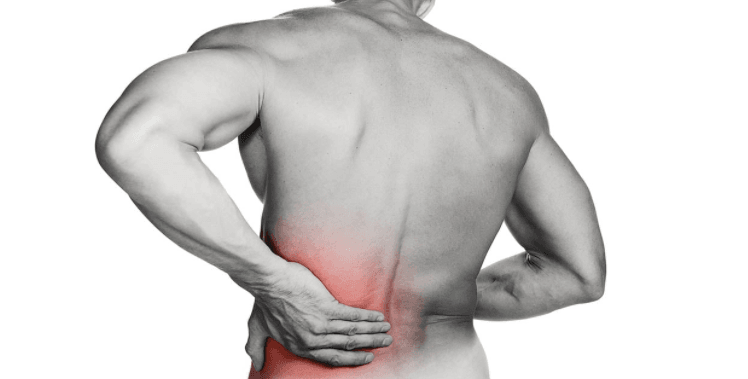
[bc_video video_id=”5477263982001″ account_id=”5374160583001″ player_id=”HJtnW6IQW”]
Some people have strong, flexible back muscles. Others have muscles that could best be described as weak and stiff. Can you guess who’s more likely to end up in agony after taking out the trash?
While anyone can suffer from back pain, people who get regular exercise have a distinct advantage over everyone else. The strength and flexibility that comes from exercising regularly offers powerful protection against strained or sprained muscles and ligaments, the number-one cause of back pain. Working out can also help improve posture and increase bone density — that’s enough to make even a stomach crunch sound appealing!
Exercise can work wonders, but it isn’t a cure-all. If you’re fighting through a sudden bout of pain, you probably can’t speed relief by hitting the gym. Your doctor will probably encourage you to stay as active as you can, but any new exercise program should wait until your back starts to feel better. According to a report in the New England Journal of Medicine, exercise that strengthens the back muscles is one of the most effective remedies for chronic back pain.
While no single approach works for everyone, most successful exercise programs combine stretching and weight training with low-impact aerobic exercises such as swimming, walking, and riding a stationary bike. As reported by the Mayo Clinic, water workouts are an especially good choice for people with back pain. Swimming and water aerobics put virtually no strain on the back, and a good soak in warm water almost always feels good. In contrast, jarring activities that require a lot of twisting, stopping and starting — like tennis or basketball — might strain the back and bring on more pain.
For maximum protection against pain, you should also try special exercises that stretch and strengthen the muscles and ligaments that support the back. Your doctor or physical therapist can suggest workouts that match your ability and needs. According to the American Academy of Orthopaedic Surgeons, most people recovering from back problems should start by doing simple exercises and work up to three times a day, 10 to 30 minutes at a time.
The first round of exercises will be gentle and easy. For example, your doctor might recommend a heel slide: While lying on your back, slowly slide your foot toward you, bending and straightening your knee 10 times. Repeat with your other knee.
Another good exercise is to lie on your back while pointing and flexing your feet 10 times. Or you might try a stomach squeeze: Lie on your back with your knees bent and your hands on your stomach, as if you were about to do a sit-up. Tighten your stomach muscles while breathing out, and hold for five seconds. Relax and repeat 10 times.
Other easy sets could include standing with your weight on both feet, then slowly raising your heels up and down. (Hold onto the back of a chair for balance if necessary.) Finally, do a set of “wall squats” — stand with your back leaning against a wall and move your feet outward until they’re 12 inches in front of your body. Keeping your abs tight, slowly bend both knees 45 degrees, hold 5 seconds, and slowly return to an upright position.
As your back gets stronger, you’ll be ready for more advanced exercises. Your doctor may suggest a knee to chest stretch: Lie on your back with both knees bent. Grab one leg just above the knee and bring the knee to your chest. Hold for 20 seconds, and repeat five times on each side.
You may also want to do straight leg raises: lying on your back with one leg bent and the other straight, tighten your abs and slowly lift one of your legs straight up about 6 to 12 inches and hold it there for 5 seconds. Lower it slowly. Eventually, you can move on to more advanced moves such as push-ups with an exercise ball under your knees.
As with any exercise program, it’s always best to start slowly and work up gradually. Be sure to listen to your body: If your back starts complaining, stop! Exercise should make your back feel better, not worse.
References
Mayo Clinic. Back Exercises in 15 minutes a day. Feb. 7, 2009.
American Academy of Orthopaedic Surgeons. Low back exercise guide. Updated October 2007.
Deyo RA and JN Weinstein. Primary care: Low back pain. New England Journal of Medicine. February 1, 2001. 344 (5) 363-370.
By Chris Woolston, M.S.
Back Care Health Library Copyright ©2017 LimeHealth. All Rights Reserved.
